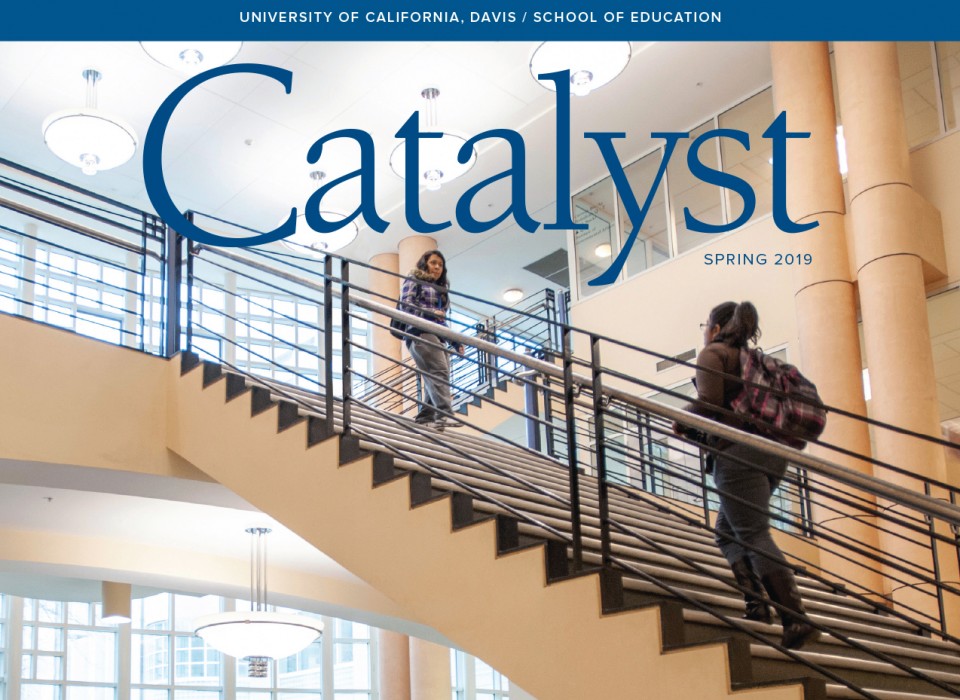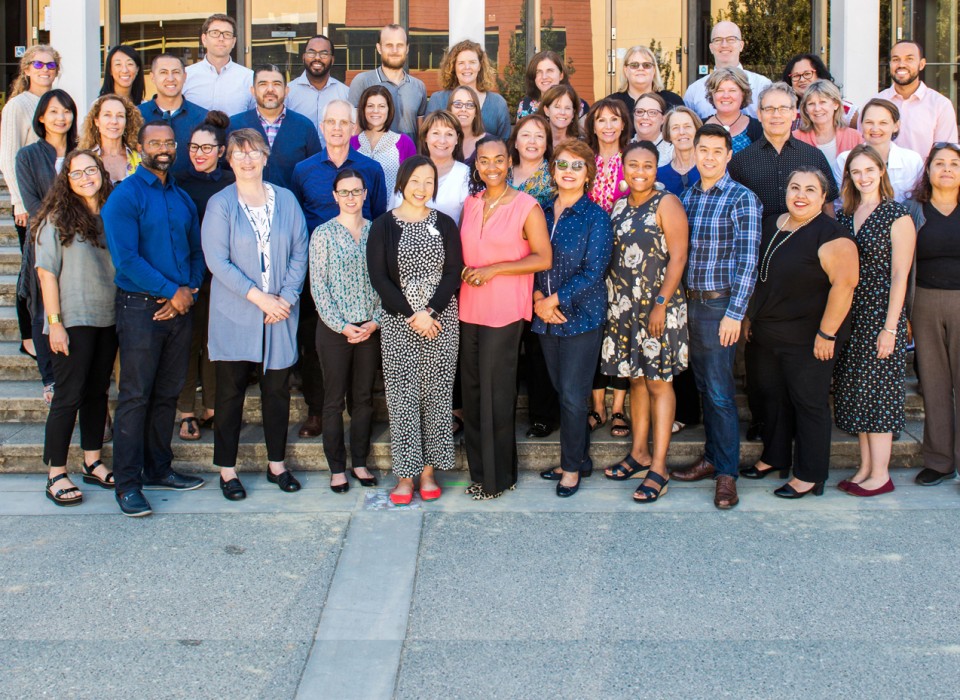Tobacco mosaic virus modifies the host gene expression and methylation in Arabidopsis
Student Name: Philip Hwang
UCD Department: Plant Pathology
UCD Mentor: Dr. Bryce Falk
The mutants being used in this research are named based on the gene that does not function in the plant. These mutants include the MET-1 mutant, RDR2 mutant, DCL3 mutant, and DDM1 mutant. These mutants are bing used because they are suspected of playing a part in A. thaliana’s virus-induced methylation pathway. The control being used in this research is known as the Columbia ecotype or Col-0. Arabidopsis thaliana is being used as the experimental plant because it is essentially the model plant for genetic research. The Tobacco Mosaic Virus (TMV) and Cucumber Mosaic Virus (CMV) were inoculated into A. thaliana in order to determine which virus can work with the Arabidopsis. First, a virus screening was used to determine which virus would work with the Arabidopsis thaliana with the use of a TMV and a CMV primer. Then after determining the virus strain that is most useful for the continuation of this research, total RNA is extracted and used to create cDNA. These cDNA sequences were then amplified using PCR with primers designed for certain genes in an analysis for gene expression in each of the Arabidopsis mutants. DNA is then extracted from the mutants and methylation sensitive PCR is then used to locate areas and patterns of virus-induced methylation.








